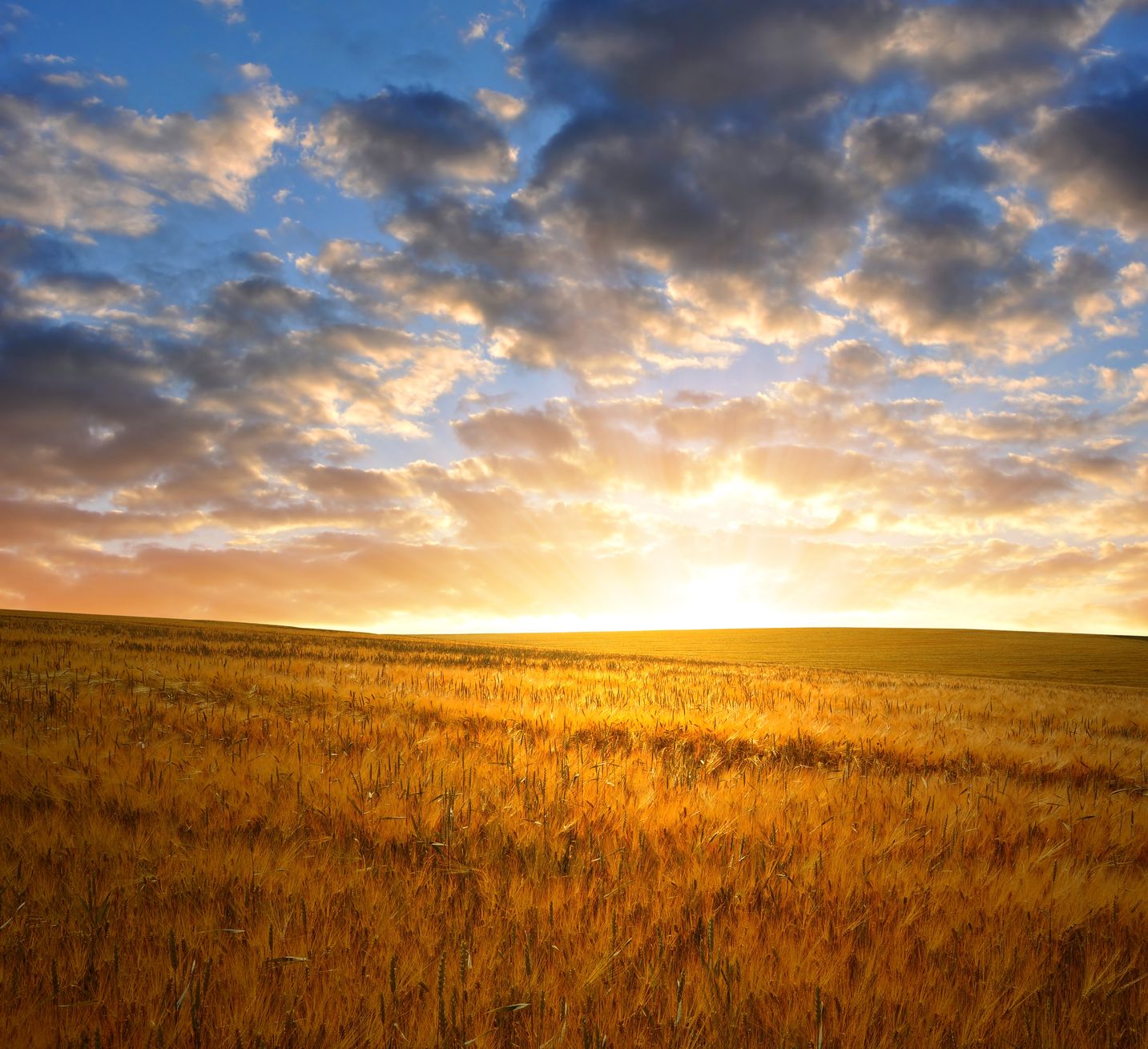America’s prairies are disappearing at the fastest rate since the 1930s’ “Dust Bowl.”
Given the pace at which U.S. farmers are converting grasslands into cornfields for ethanol production, this should hardly be surprising.
Driven in large part by government biofuel mandates on oil refineries, U.S. farmers converted more than 1.3 million acres of grassland into corn and soybean fields between 2006 and 2011, according to a newly published study by scientists at South Dakota State University. In corn-belt states like Iowa and South Dakota, about 5 percent of pastureland is being converted into cropland every year.
This pasture destruction not only will almost surely lead to higher beef and milk prices, but to serious environmental harm.
Grasslands are key breeding grounds for ducks and other wildlife. Moreover, studies show that grassland soil captures carbon better than cropland. If farmers are digging up these grasslands to grow more corn, ethanol production thus loses its carbon advantage over gasoline.
The shift from grasslands to cornfields is part of a more troubling scenario, though, because corn growing requires more fertilizer and pesticides, which seep into groundwater systems.
Corn, moreover, is one of the most profligate water-using crops on the planet. Under drought conditions, as experienced across the Midwest and Great Plains in recent years, groundwater levels are plummeting, falling by six feet or more in some parts of the corn belt.
The roots of this looming environmental disaster can’t be traced to the boardrooms of ethanol manufacturers or to the headquarters of the farm lobby. The culprit is Washington.
Congress passed the Renewable Fuel Standard in 2005, anticipating that there would be considerable production of cellulosic ethanol made from switch grass, wood chips and other plant materials by 2010. But the industry today is still in its infancy, and there’s no sign that production will increase measurably any time soon.
Yet the Renewable Fuel Standard mandates that ethanol production ramp up from 13 billion gallons this year to 36 billion gallons by 2022. Even now, ethanol production consumes 40 percent of America’s total corn crop. Production in substantially larger volumes will mean removing even more cropland from food production, which will drive up consumer prices across the board, harming millions of people in poor countries who rely heavily on U.S. corn exports.
Continued diversion of cropland to ethanol production is especially hard on beef herders and dairy farmers, whose access to cattle feed has been impacted by the severe drought.
When Congress passed the Renewable Fuel Standard, it must have known that it was creating problems.
The idea was that a biofuels mandate would help America achieve “energy independence” so we would no longer have to rely on imports from the volatile Middle East or Venezuela. But that idea was mostly a fiction being pushed by special interest lobbyists.
U.S. dependence on imported fossil fuels has declined dramatically in recent years, primarily owing to added domestic oil and natural gas production. Last year, America imported 40 percent of the oil it used, compared to more than 60 percent at its peak in 2005, the year the Renewable Fuel Standard was adopted.
We now know that the United States has abundant oil and natural gas right here at home, which can be exploited with technologies like hydraulic fracturing and deep-water drilling that make them accessible and economical to produce.
With every year that passes, with every new ethanol plant built, and with every increase in the ethanol mandate, the wrongheadedness of the Renewable Fuel Standard becomes more apparent.
We can only hope that the light bulb will turn on for Congress and the White House before the ethanol mandate destroys the American prairie and drives food costs even higher.











